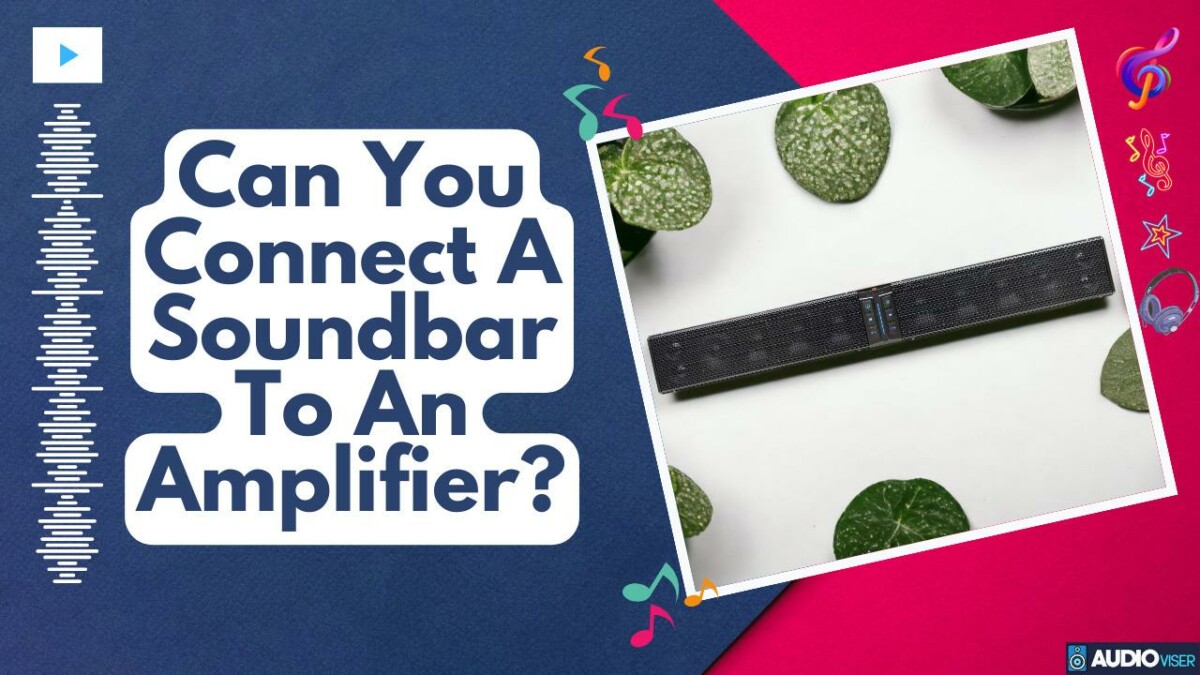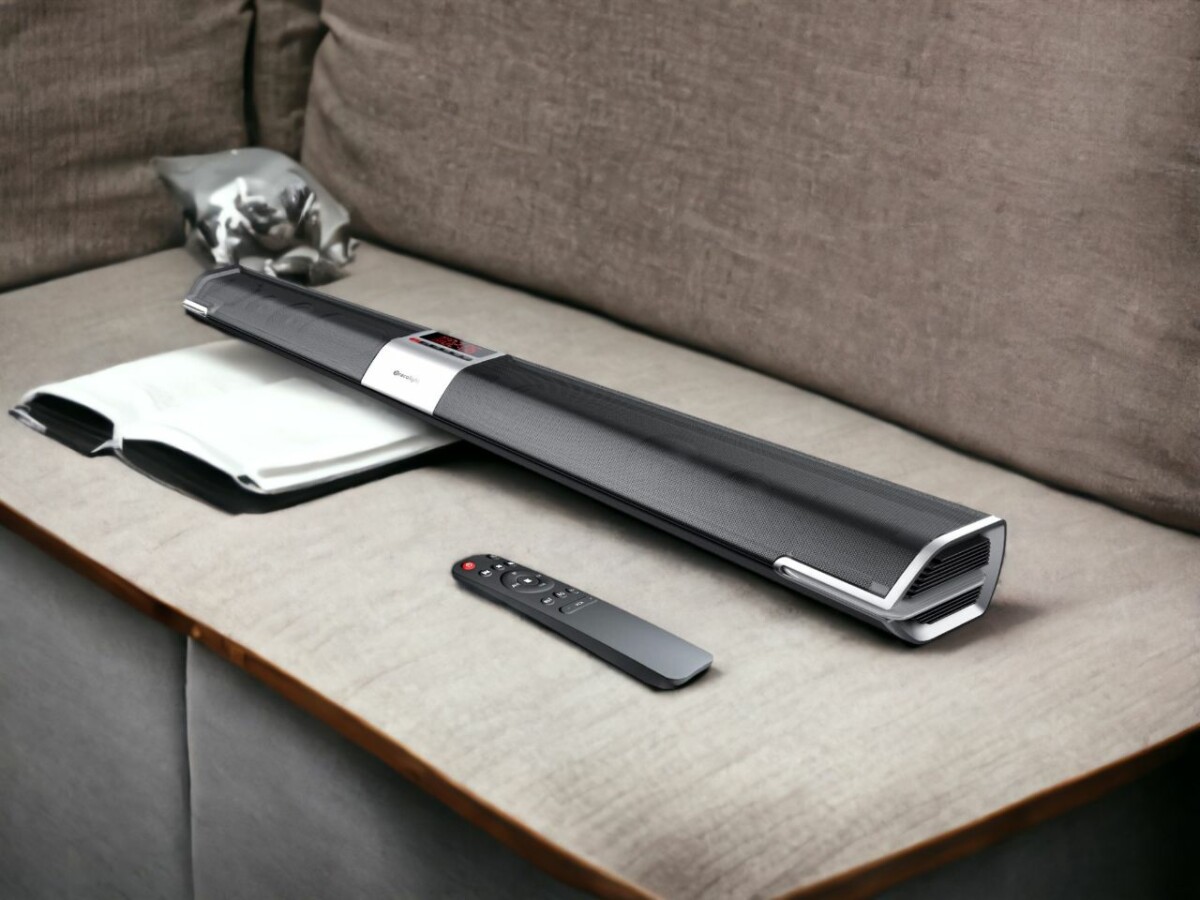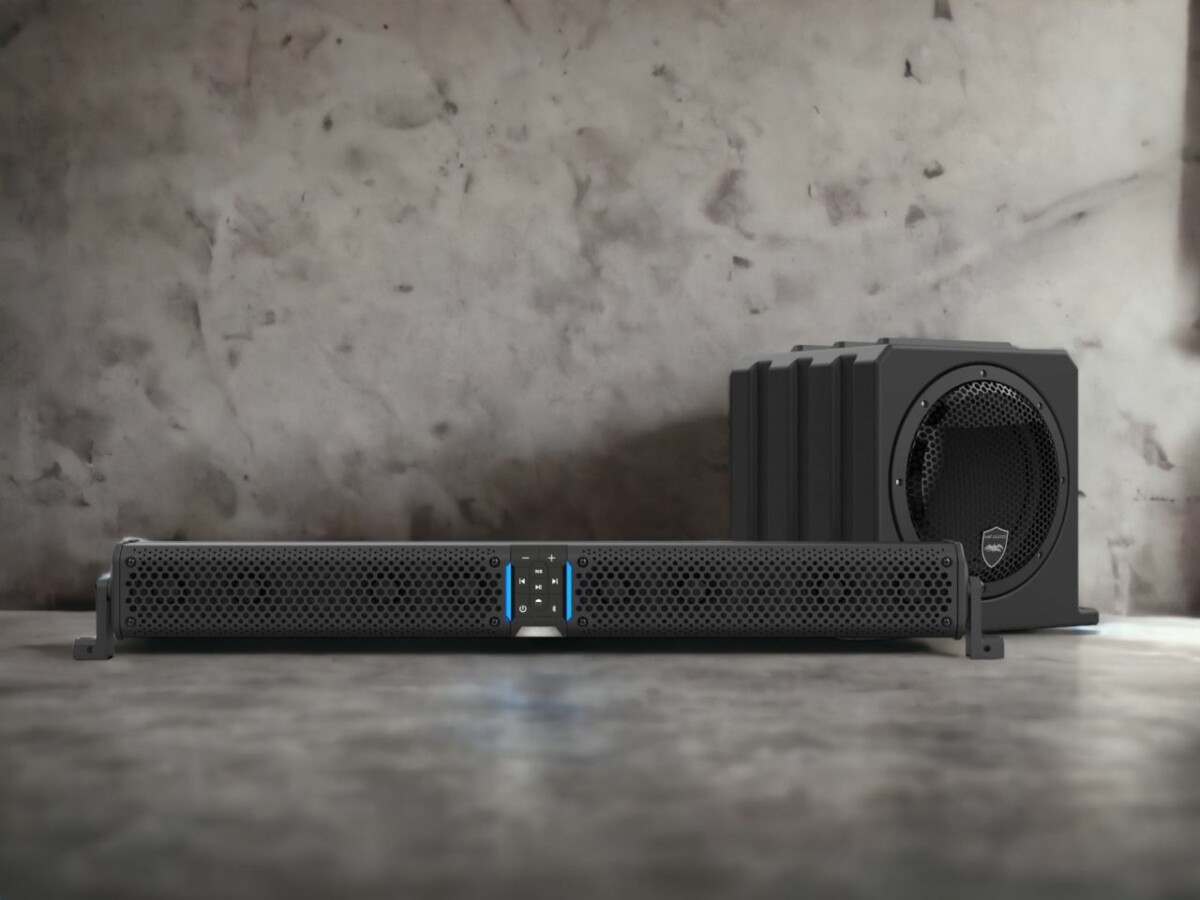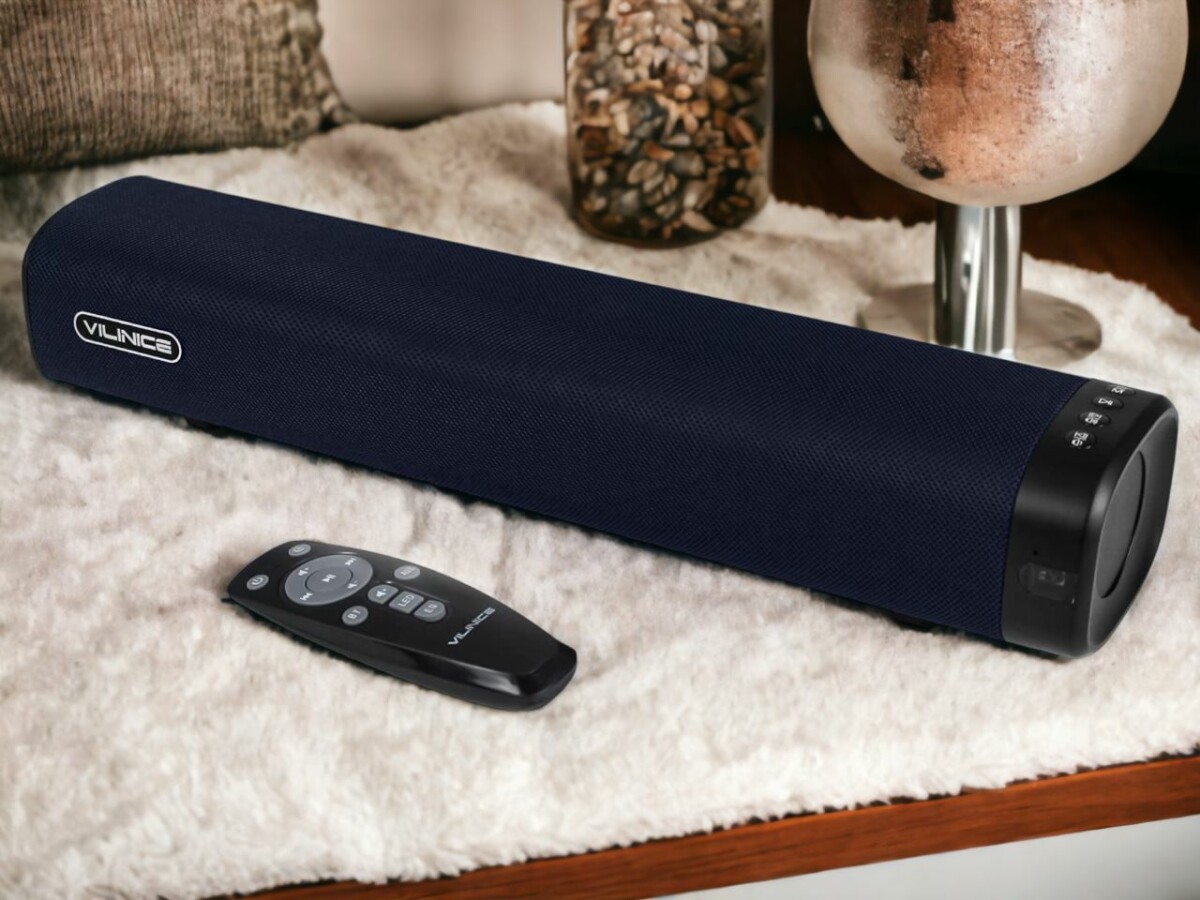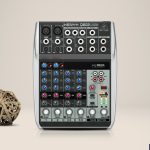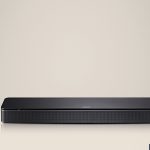So, you’ve got your shiny new Samsung 950 Atmos soundbar in one hand and a Denon 3400 receiver in the other, and you’re wondering, ‘Can these two play nice together?’
You’re not the only one scratching your head over this audio puzzle. This piece is here to make some sense out of the noise, delving into whether it’s a sound idea to connect a soundbar to an amp.
Whether you’re a full-on audio nerd or just someone who likes to chill with some good tunes, strap in and get ready to explore the sonic landscape.
Time to turn up the dial on this burning question!
Can an amplifier connect with a soundbar?
Hooking up a soundbar to an amplifier isn’t a typical move, mainly since most soundbars come with a built-in amplifier. However, if you choose to do so, ensure your devices share compatible connections and settings.
Before we dive headfirst into the nitty-gritty, let’s get a handle on the basics of soundbars and amplifiers, and what they bring to your sound system.
Picture a soundbar as a compact speaker system that takes your TV’s audio from ‘meh’ to ‘oh wow’. It’s all about simplicity and working seamlessly with your existing devices.
Now, flip the script and consider amplifiers. These bad boys are the powerhouses of your audio setup, taking the signals from your sound source and amplifying them to your speakers. There’s a whole buffet of amplifier choices out there, each tailored to vibe with different audio setups.
Getting clued up on your gear is step one in making smart choices about your sound system. Remember, when it comes to audio, it’s not just about the sound, it’s about creating an experience. The goal is to find the perfect balance between your components, creating that killer harmony.
Detailed Analysis: Connecting a Soundbar to an AV Receiver
Alright, so you’ve scored yourself a slick soundbar and a killer AV receiver, and you’re all set to jump in, right? Hold up. Knowing your way around the connection process between these bad boys can save you a chunk of time and a lot of audio hassles.
Just a heads up, you might run into a couple of snags, like compatibility issues or syncing troubles. Here’s the thing, not every soundbar on the market is built to buddy up with an AV receiver, and sometimes, they just don’t play nice together. But don’t let that put you off. There are ways to get the most out of your soundbar amplifier connection.
Here’s a pro tip: invest in top-notch cables. They’re the secret sauce for the best sound transmission. Plus, keep an eye out for an HDMI ARC port on both your devices. Trust me, it’s a game-changer and makes the whole setup a breeze.
Common Misconceptions and Clarifications About Soundbars and AV Receivers
In the vast universe of soundbars and AV receivers, there’s a ton of chatter, but let’s be real, not all of it’s legit. So, let’s bust some myths, shall we?
First off, let’s talk about where you’re putting that soundbar. It’s more than just making it look good – nailing that perfect spot in your home theater setup can take your sound quality from ‘meh’ to ‘woah’. So don’t just plop it down anywhere; think it through, make it count.
Next up, just because you have a soundbar and an AV receiver doesn’t mean they’ll play nice. Do your homework and check if they’re actually compatible before you hit that buy button. Sure, soundbars are pretty adaptable, but they aren’t miracle workers.
Keep these points in mind, and you’re on your way to an epic audio journey.
Practical Aspects: Using HDMI to Connect a Soundbar to an Amplifier
So you’re all set to hook up your soundbar to an amplifier with HDMI, right? But, have you taken a moment to think about what’s really involved in this process?
It’s not just a simple plug-and-play thing. There’s more to consider like the advantages and disadvantages of using an HDMI connection, and how it stacks up against analog when it comes to sound quality.
I’m here to guide you through this tech journey, so let’s get this ball rolling and dive into these key details. This will help you amp up your home audio setup to its full potential.
HDMI Connection: Pros & Cons
Alright, let’s jump right in and break down the good, the bad, and the ugly of using an HDMI connection when hooking up your soundbar to an amp.
When you stack HDMI against an optical connection, several pros and cons start to surface.
First off, HDMI is a champ when it comes to supporting high-definition audio formats. This means you’ll get seriously crisp and clear sound quality. Plus, it’s got this awesome feature called Audio Return Channel (or ARC for short). Basically, this lets your TV bounce audio back to the amp – pretty cool, right?
But hold up, it’s not all sunshine and rainbows with HDMI.
One big headache can be compatibility issues. You might find that your soundbar and AV receiver brands don’t play nice together.
And another thing to keep in mind, HDMI can be a bit of a drama queen when it comes to electromagnetic interference, more so than optical cables.
So, bottom line?
HDMI can totally level up your sound experience, making it more immersive and all-encompassing. But, don’t forget to double-check that your soundbar and amp brands are compatible.
You’re just one step away from an audio setup that’s truly in tune with your vibe.
Sound Quality: HDMI Vs Analog
Hey, if you’re thinking about going all out with an HDMI connection for that stellar sound quality, hold up a second. Sure, HDMI is digital and can offer you some sharp, robust sound. But don’t sleep on good old analog. The analog vs digital debate has been going on forever and there’s a reason analog is still here. It delivers that warm, natural sound that just feels right.
Also, don’t forget about where you’re putting your soundbar. A badly placed soundbar can mess up the sound quality, even if you’ve got a top-notch HDMI connection. Make sure you’ve got your soundbar smack dab in the middle of your TV and at ear level to really get the most out of it.
Evaluating the Sound Quality: Soundbar Vs Traditional Speaker Configurations
Before you get all techy trying to hook up a soundbar to an amp, you gotta give some real thought to the sound quality. We’re talking a head-to-head showdown between a sleek soundbar and the classic speaker setup.
- The first thing you gotta think about is how a soundbar holds up in a stereo versus a surround sound situation. Soundbars usually kill it in stereo setups, but might’ve a tough time recreating those surround sound vibes.
- Next up, take into account how the room vibes play into the soundbar vs traditional speaker debate. In some rooms, a soundbar could really crush it, giving you more even sound.
- Also, you gotta consider what you’re gonna be using it for. If you’re a big movie buff, the traditional speakers might pack more of a punch and give you that full-on cinema experience.
- But hey, at the end of the day, trust your own ears. Nothing’s gonna give you a better idea of the sound quality than your own personal taste.
Just remember, there’s no one-size-fits-all here. What’s best totally depends on what you’re looking for. So take your time, do your research, and pick what works best for you.
Alternate Configurations: Options Beyond the Soundbar-Amplifier Connection
On the quest for top-notch audio quality? You might want to think outside the traditional soundbar-amplifier setup.
Good old speaker systems can often dish out a much richer, more intricate sound that’s pretty tough to beat.
But here’s the catch – while a soundbar is super handy and sleek, it mightn’t be up to snuff for more complex setups due to its built-in design limitations.
Traditional Speaker Configurations
So, you’re not totally sold on the whole soundbar-amplifier combo? No worries, there’s a whole world of traditional speaker setups that could potentially level-up your audio game. Trust me, getting the placement and room acoustics right will make a world of difference.
Alright, let’s dive into some options:
- Stereo Setup: This is your classic two-speaker deal, ideal for all the music buffs out there.
- Surround Sound Setup: Want to feel like you’re in a movie theater while chilling on your couch? This multi-speaker setup is your ticket.
- Dolby Atmos Setup: Trust me, this is next level stuff. The speakers are set up to bounce sound off the ceiling for a legit 3D sound experience. It’s like being in the middle of the action.
- Bookshelf Speaker Setup: For those with smaller spaces, these compact speakers are your best bet. Pop them on a shelf or stand and you’re good to go.
These setups give you more flexibility to tweak and customize your audio surroundings. I mean, who knows? They might even outshine the soundbar-amplifier combo. No harm in exploring, right?
Soundbar Limitations in Setup
Sure, a soundbar has got a whole lot of style and its setup is a breeze, but there’s a few drawbacks you’ve gotta bear in mind. And you might just discover that different setups give you more freedom and bangin’ sound quality.
The first headache is finding the perfect spot for your soundbar. You need to make sure you’re not messing with its sound vibes, which can be a tough call depending on your room setup.
Then, there’s the whole issue of matching your soundbar with your amplifier. Not all soundbars play nice with all amps, which could put a damper on your choices. Plus, the inbuilt amp of a soundbar may not be able to crank out the same level of sound as independent speakers.
Mix & Mastering
I love to get my hands on all sorts of audio equipment, from headphones and speakers to audio interfaces. I love putting these products through their paces and seeing what they can do.

